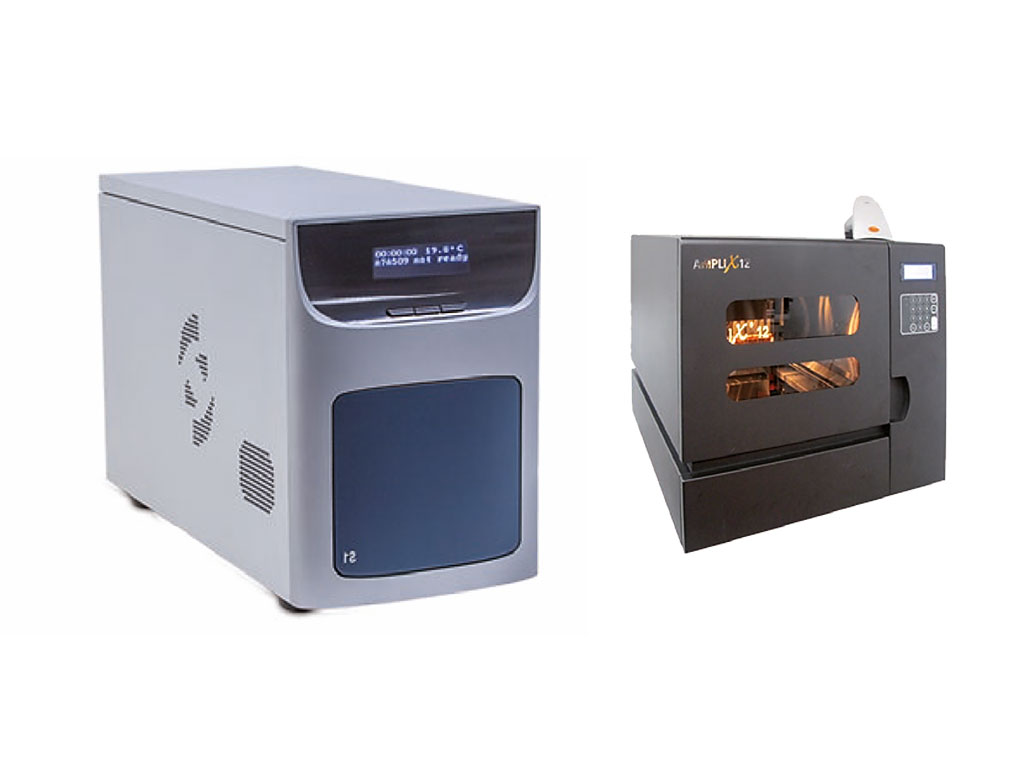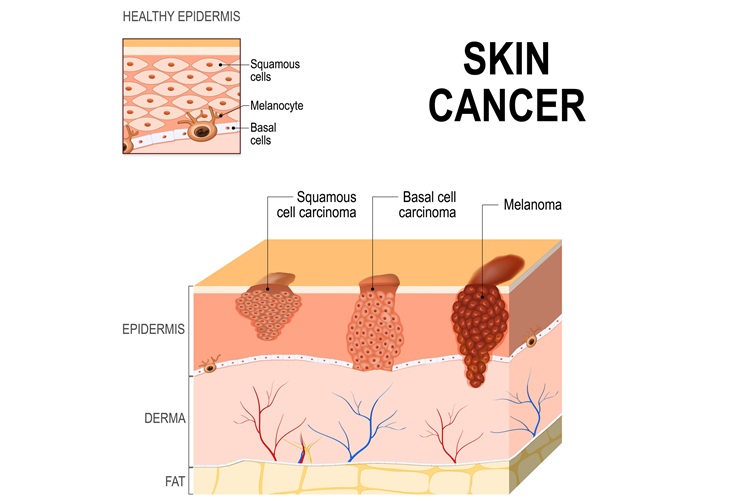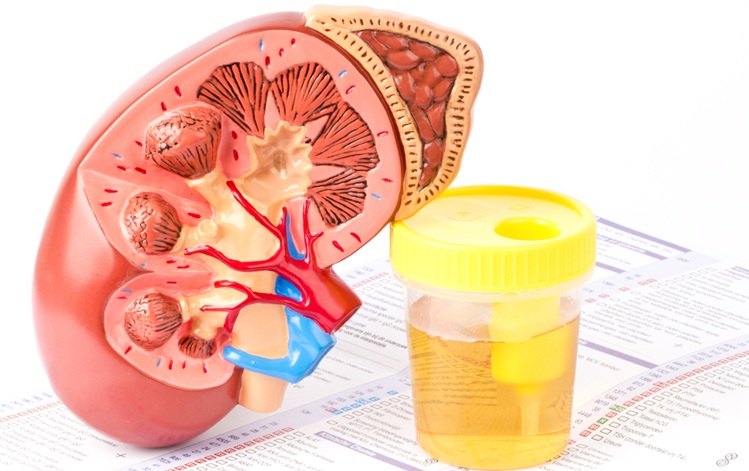LAMP Assay Developed to Diagnose High HBV DNA Levels
|
By LabMedica International staff writers Posted on 05 May 2021 |

Image: The AMPLIX real-time polymerase chain reaction system (Photo courtesy of Biosynex)
Worldwide, 257 million people are chronically infected with hepatitis B virus (HBV) and 887,000 annually die from cirrhosis or liver cancer. Since more than 95% of HBV-infected people live in low-income and middle-income countries (LMICs) and only 12-25% of infected people are eligible for anti-HBV therapy.
Loop-mediated isothermal amplification (LAMP) assay is a nucleic acid test (NAT) using DNA polymerase with high auto-cycling strand displacement activity and six specially designed primers. LAMP has the following characteristics allowing its use as a rapid, reliable and inexpensive point-of-care test in LMICs with a high amplification efficiency enabling rapid detection of nucleic acids.
A large team of medical scientists associated with the Pasteur Institute (Paris, France) designed Pan-genotypic primer sets on conserved HBV gene regions. Accuracy of LAMP to identify highly viremic patients was evaluated in 400 and 550 HBV-infected people in France and Senegal, respectively. Analytical validation was performed using real-time turbidimetric LAMP (Loopamp LA-500, Eiken Chemical, Japan). Viral loads were quantified using an AMPLIX real-time PCR (Biosynex, Illkirch-Graffenstaden France).
The team reported that their primers successfully detected eight major HBV genotypes/sub-genotypes (A1/2/3/B/C/D/E/F) with a detection limit ranging between 40-400 IU/mL. In France, the area under the receiver operating characteristic curve (AUROC), sensitivity and specificity of bead-based extraction and real-time turbidimetric LAMP were 0.95, 91.1% and 86.0%, respectively, to diagnose HBV DNA ≥20,000 IU/mL; and 0.98, 98.0% and 94.6% for ≥200,000 IU/mL. The performance did not vary by viral genotypes. In Senegal, using a field-adapted method, reagent-free boil-and-spin extraction and inexpensive end-point fluorescence detection, the AUROC, sensitivity and specificity were 0.95, 98.7% and 91.5%, respectively, to diagnose HBV DNA ≥200,000 IU/mL. The assay was not adapted to discriminate low-level viremia.
The authors concluded that they had developed a simple, rapid (60 minutes), and inexpensive (USD 8/assay) alternative to PCR to diagnose high viremia ≥200,000 IU/mL. HBV-LAMP may contribute to eliminating HBV mother-to-child transmission by identifying high-risk pregnant women eligible for antiviral prophylaxis in resource-limited countries. The study was published on April 7, 2021 in the journal Clinical Microbiology and Infection.
Related Links:
Pasteur Institute
Eiken Chemical
Biosynex
Loop-mediated isothermal amplification (LAMP) assay is a nucleic acid test (NAT) using DNA polymerase with high auto-cycling strand displacement activity and six specially designed primers. LAMP has the following characteristics allowing its use as a rapid, reliable and inexpensive point-of-care test in LMICs with a high amplification efficiency enabling rapid detection of nucleic acids.
A large team of medical scientists associated with the Pasteur Institute (Paris, France) designed Pan-genotypic primer sets on conserved HBV gene regions. Accuracy of LAMP to identify highly viremic patients was evaluated in 400 and 550 HBV-infected people in France and Senegal, respectively. Analytical validation was performed using real-time turbidimetric LAMP (Loopamp LA-500, Eiken Chemical, Japan). Viral loads were quantified using an AMPLIX real-time PCR (Biosynex, Illkirch-Graffenstaden France).
The team reported that their primers successfully detected eight major HBV genotypes/sub-genotypes (A1/2/3/B/C/D/E/F) with a detection limit ranging between 40-400 IU/mL. In France, the area under the receiver operating characteristic curve (AUROC), sensitivity and specificity of bead-based extraction and real-time turbidimetric LAMP were 0.95, 91.1% and 86.0%, respectively, to diagnose HBV DNA ≥20,000 IU/mL; and 0.98, 98.0% and 94.6% for ≥200,000 IU/mL. The performance did not vary by viral genotypes. In Senegal, using a field-adapted method, reagent-free boil-and-spin extraction and inexpensive end-point fluorescence detection, the AUROC, sensitivity and specificity were 0.95, 98.7% and 91.5%, respectively, to diagnose HBV DNA ≥200,000 IU/mL. The assay was not adapted to discriminate low-level viremia.
The authors concluded that they had developed a simple, rapid (60 minutes), and inexpensive (USD 8/assay) alternative to PCR to diagnose high viremia ≥200,000 IU/mL. HBV-LAMP may contribute to eliminating HBV mother-to-child transmission by identifying high-risk pregnant women eligible for antiviral prophylaxis in resource-limited countries. The study was published on April 7, 2021 in the journal Clinical Microbiology and Infection.
Related Links:
Pasteur Institute
Eiken Chemical
Biosynex
Latest Microbiology News
- Fast Noninvasive Bedside Test Uses Sugar Fingerprint to Detect Fungal Infections
- Rapid Sepsis Diagnostic Device to Enable Personalized Critical Care for ICU Patients
- Microfluidic Platform Assesses Neutrophil Function in Sepsis Patients
- New Diagnostic Method Confirms Sepsis Infections Earlier
- New Markers Could Predict Risk of Severe Chlamydia Infection
- Portable Spectroscopy Rapidly and Noninvasively Detects Bacterial Species in Vaginal Fluid
- CRISPR-Based Saliva Test Detects Tuberculosis Directly from Sputum
- Urine-Based Assay Diagnoses Common Lung Infection in Immunocompromised People
- Saliva Test Detects Implant-Related Microbial Risks
- New Platform Leverages AI and Quantum Computing to Predict Salmonella Antimicrobial Resistance
- Early Detection of Gut Microbiota Metabolite Linked to Atherosclerosis Could Revolutionize Diagnosis
- Viral Load Tests Can Help Predict Mpox Severity
- Gut Microbiota Analysis Enables Early and Non-Invasive Detection of Gestational Diabetes
- Credit Card-Sized Test Boosts TB Detection in HIV Hotspots
- Fecal Metabolite Profiling Predicts Mortality in Critically Ill Patients
- Portable Molecular POC System Rules Out UTIs in Just 35 Minutes
Channels
Clinical Chemistry
view channel
VOCs Show Promise for Early Multi-Cancer Detection
Early cancer detection is critical to improving survival rates, but most current screening methods focus on individual cancer types and often involve invasive procedures. This makes it difficult to identify... Read more
Portable Raman Spectroscopy Offers Cost-Effective Kidney Disease Diagnosis at POC
Kidney disease is typically diagnosed through blood or urine tests, often when patients present with symptoms such as blood in urine, shortness of breath, or weight loss. While these tests are common,... Read moreMolecular Diagnostics
view channel
Urine Test Detects Early Stage Pancreatic Cancer
Pancreatic cancer remains among the hardest cancers to detect early. In the UK, around 10,000 people are diagnosed each year, but only 5% survive beyond five years. Late diagnosis is a major factor—more... Read more
Genomic Test Could Reduce Lymph Node Biopsy Surgery in Melanoma Patients
Accurately determining whether melanoma has spread to the lymph nodes is crucial for guiding treatment decisions, yet the standard procedure—sentinel lymph node biopsy—remains invasive, costly, and unnecessary... Read moreHematology
view channel
Viscoelastic Testing Could Improve Treatment of Maternal Hemorrhage
Postpartum hemorrhage, severe bleeding after childbirth, remains one of the leading causes of maternal mortality worldwide, yet many of these deaths are preventable. Standard care can be hindered by delays... Read more
Pioneering Model Measures Radiation Exposure in Blood for Precise Cancer Treatments
Scientists have long focused on protecting organs near tumors during radiotherapy, but blood — a vital, circulating tissue — has largely been excluded from dose calculations. Each blood cell passing through... Read more
Platelets Could Improve Early and Minimally Invasive Detection of Cancer
Platelets are widely recognized for their role in blood clotting and scab formation, but they also play a crucial role in immune defense by detecting pathogens and recruiting immune cells.... Read more
Portable and Disposable Device Obtains Platelet-Rich Plasma Without Complex Equipment
Platelet-rich plasma (PRP) plays a crucial role in regenerative medicine due to its ability to accelerate healing and repair tissue. However, obtaining PRP traditionally requires expensive centrifugation... Read moreImmunology
view channel
Blood-Based Liquid Biopsy Model Analyzes Immunotherapy Effectiveness
Immunotherapy has revolutionized cancer care by harnessing the immune system to fight tumors, yet predicting who will benefit remains a major challenge. Many patients undergo costly and taxing treatment... Read more
Signature Genes Predict T-Cell Expansion in Cancer Immunotherapy
Modern cancer immunotherapies rely on the ability of CD8⁺ T cells to rapidly multiply within tumors, generating the immune force needed to eliminate cancer cells. However, the biological triggers behind... Read morePathology
view channel
New Molecular Analysis Tool to Improve Disease Diagnosis
Accurately distinguishing between similar biomolecules such as proteins is vital for biomedical research and diagnostics, yet existing analytical tools often fail to detect subtle structural or compositional... Read more
Tears Offer Noninvasive Alternative for Diagnosing Neurodegenerative Diseases
Diagnosing and monitoring eye and neurodegenerative diseases often requires invasive procedures to access ocular fluids. Ocular fluids like aqueous humor and vitreous humor contain valuable molecular information... Read moreTechnology
view channel
Cell-Sorting Device Uses Electromagnetic Levitation to Precisely Direct Cell Movement
Sorting different cell types—such as cancerous versus healthy or live versus dead cells—is a critical task in biology and medicine. However, conventional methods often require labeling, chemical exposure,... Read more
Embedded GPU Platform Enables Rapid Blood Profiling for POC Diagnostics
Blood tests remain a cornerstone of medical diagnostics, but traditional imaging and analysis methods can be slow, costly, and reliant on dyes or contrast agents. Now, scientists have developed a real-time,... Read moreIndustry
view channel
Puritan Medical Products Showcasing Innovation at AMP2025 in Boston
Puritan Medical Products (Guilford, ME, USA), the world’s most trusted manufacturer of swabs and specimen collection devices, is set to exhibit at AMP2025 in Boston, Massachusetts, from November 11–15.... Read more
Advanced Instruments Merged Under Nova Biomedical Name
Advanced Instruments (Norwood, MA, USA) and Nova Biomedical (Waltham, MA, USA) are now officially doing business under a single, unified brand. This transformation is expected to deliver greater value... Read more





















